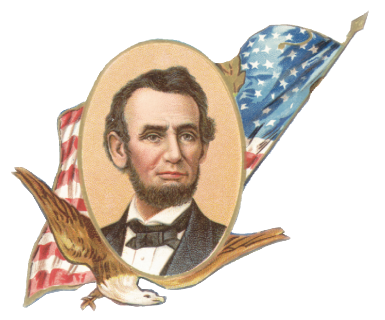
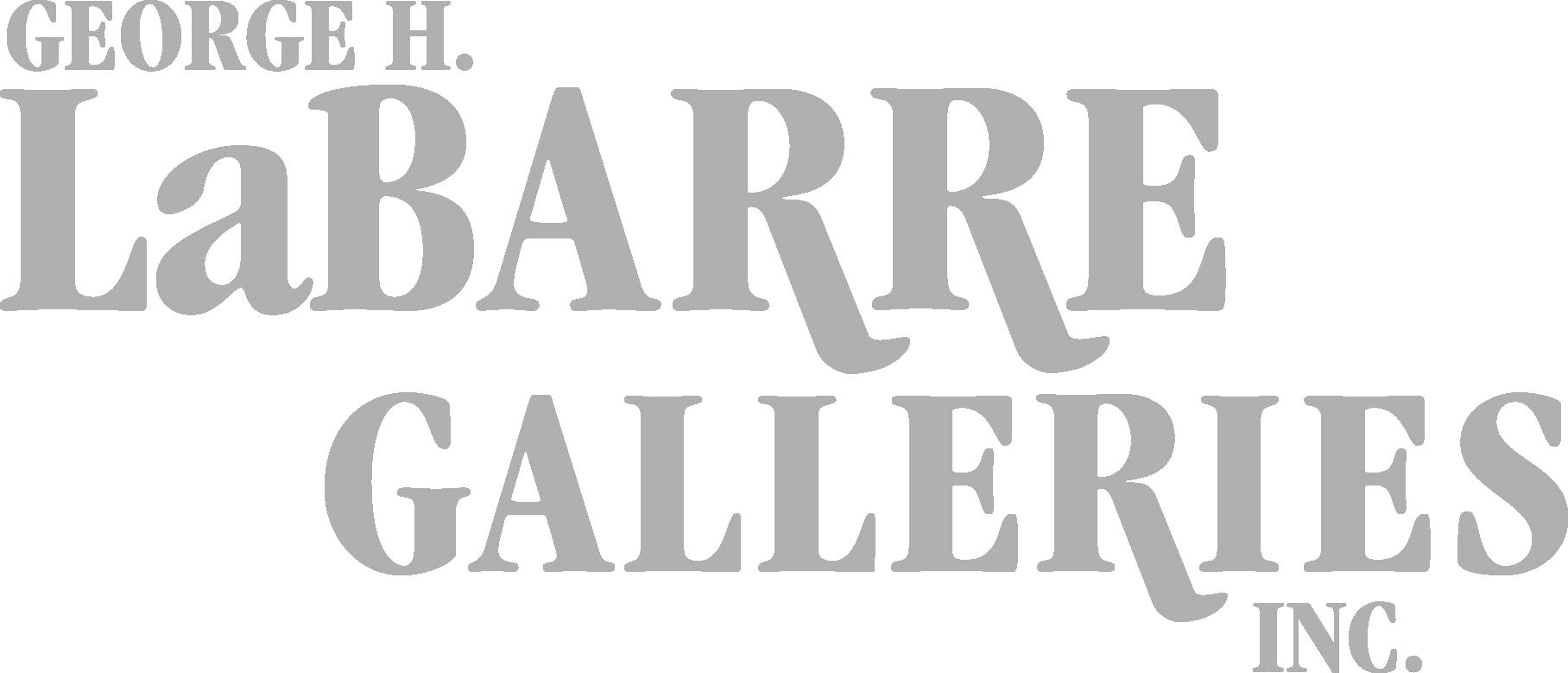
There is no question that autographed stocks and bonds have always been a very sought after category of the hobby. Artwork and historical significance are appealing features of collecting but the added bonus of a great autograph can be very exciting. This article printed in our first LaBarre Newsletter in the Winter of 1981 gives some interesting insight related to the appeal of autographed stocks and bonds. It is interesting to note that “investing” in stocks and bonds was a factor in those early years of the hobby. It should now be stressed that investing should not be the main priority. Enjoyment and education should be the main focus.
Autographed Stocks and Bonds
Investors in stocks and bonds are cognizant of the elements that determine the market value of an item, variables such as color, engraving, rarity, and topic.
Unquestionably, the most important factor in determining market value is autograph value. Most stocks and bonds bear the signature of at least one company official, and in some cases, more than one. While the vast majority of company officials who have signed stock and bond certificates and shares never achieve fame or notoriety, there is a small, select group that has. These famous (or infamous) signatures dramatically affect the market value, often causing the item to sell for hundreds of dollars above the price it would bring otherwise.
Throughout the l800's in the United States, railroad men comprised perhaps the most well known group of entrepreneurs involved in the issuance of stocks and bonds. The enormous costs involved in constructing railroads were equaled only by the enormous profits and power amassed by this group of “robber barons." These names read like a “who's who" of railroad tycoons and financiers: Chauncey Depew, Jay Gould, C.P. Huntington, J. Pierpont Morgan, the three Vanderbilts, and others penned their signatures to countless stocks and bonds.
Railroad magnates certainly had no monopoly on signing stocks and bonds, however. Other prominent business figures like fur trader John Jacob Astor, inventor Thomas A. Edison. oilman John D. Rockefeller, and Henry Wells and William Fargo, are additional examples which come to mind. And political figures like Samuel Tilden, presidents Millard Fillmore and William McKinley, and Texas patriots Moses and Stephen Austin, may also be found on stocks and bonds.
The autograph value of stocks and bonds varies greatly from that of the general autograph market itself. For example, although autographed certificates and shares are comparable to signed documents in the autograph field at large, the former will command far higher prices than will signed documents. Generally, only letters written and signed by famous individuals (commonly referred to as an ALS for “autograph letter signed" in autograph collecting parlance) will realize a higher price than a stock or bond signed by the same individual.
Several examples reveal this difference nicely. William McKinley`s signature on a Canton Building association certificate issued in 1869 is priced at around $1,500. A McKinley ALS will bring $750-1000, while a document signed by him will fetch $200 or less. John D. Rockefeller`s autograph on a Standard Oil Corporation stock certificate is priced $1,700, while an ALS could be easily purchased for around $200. Stocks signed by Thomas A. Edison for his Edison Portland Cement Company bring $1,000, approximately the same as an ALS by Edison. And last, signed shares in magician Harry Houdini's commercial venture, the Houdini Picture Corporation, have a market value of about $1,000, although a Houdini ALS with good content would cost only around $400, and a signature on a document or bank check half that amount.
Collectors and investors should keep these factors in mind when building a collection, contemplating a purchase from a set price list or catalog, or formulating an auction bid. Being aware of these differences may also allow the astute collector or investor to garner purchases of quality material from autograph dealers who have perhaps acquired unwanted stocks and bonds in the course of their normal buying and selling, and offered those items for sale at bargain prices.
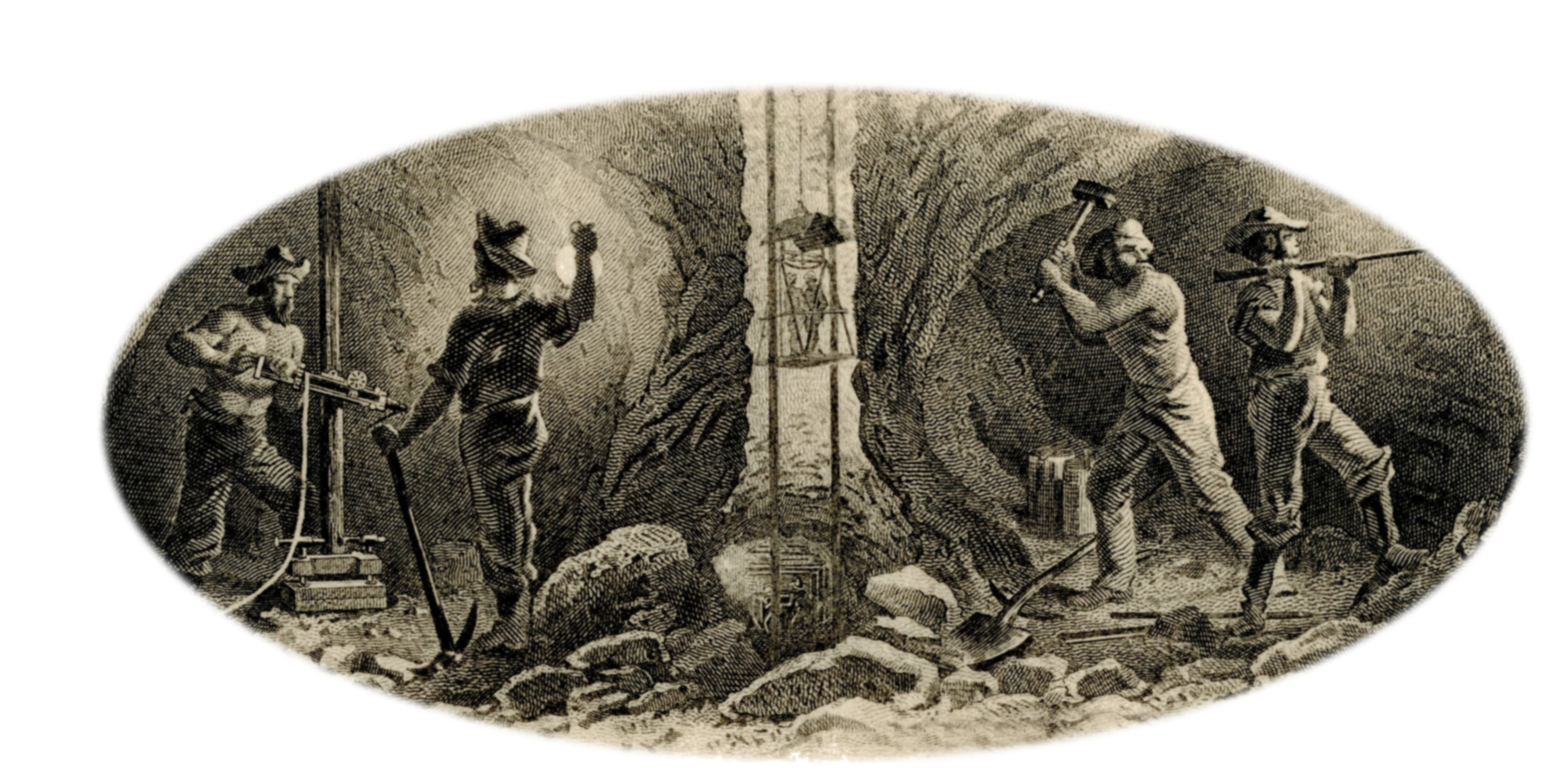
Originally Published and Printed by G.Labarre, The LaBarre Newsletter, Issue 1, Winter 1981


























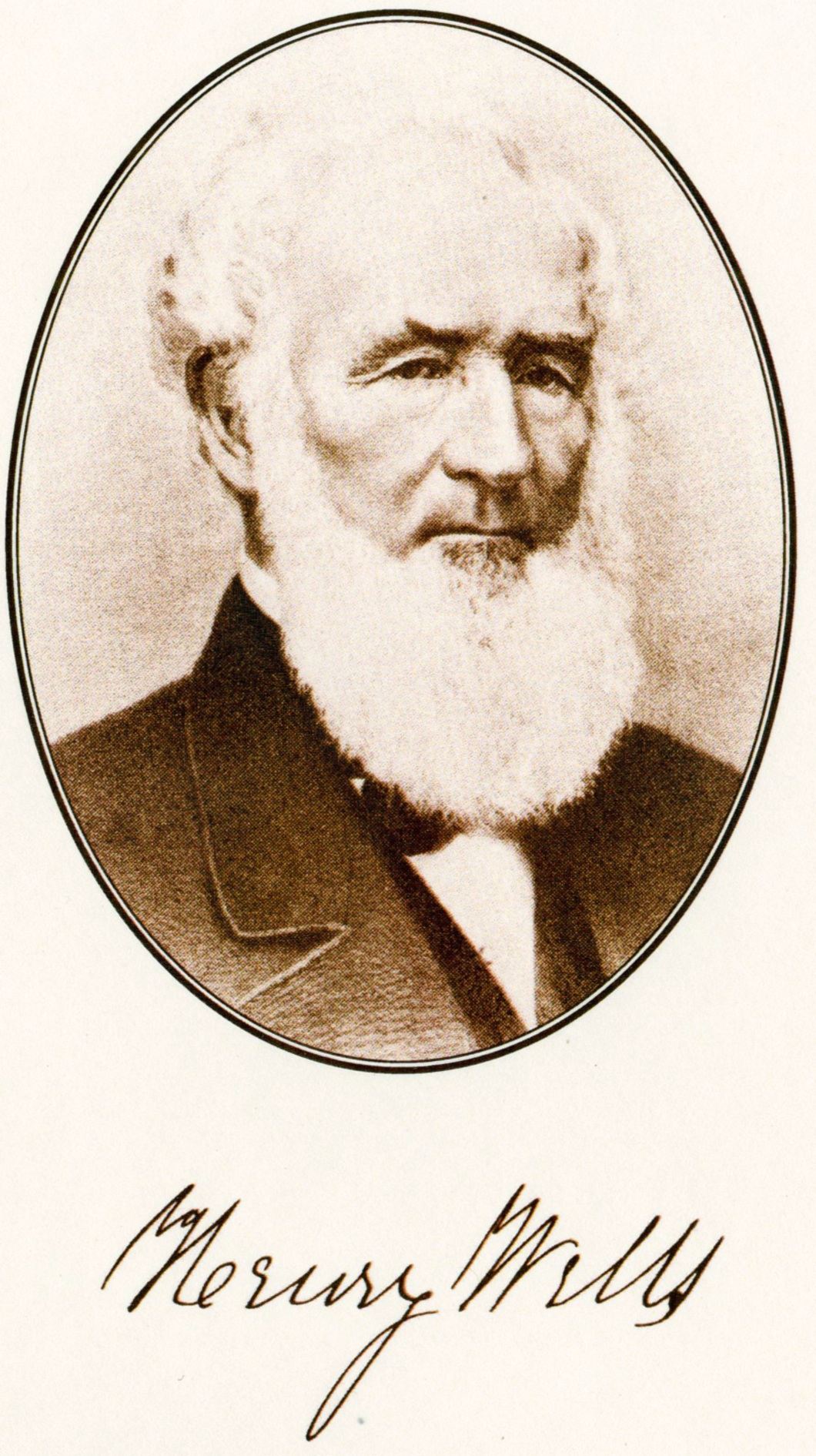
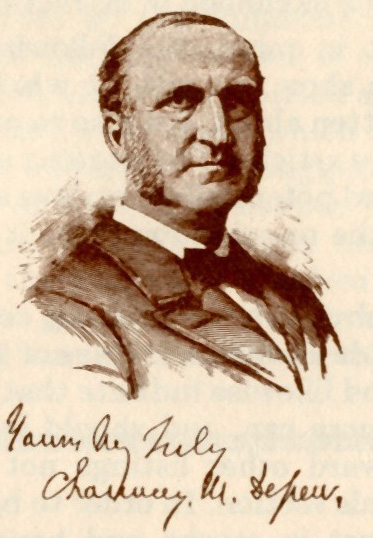





Ebay ID: labarre_galleries